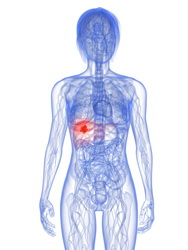Minimising exposure to certain heat-processed foods
Furans are by-products of a wide range of chemical, manufacturing, heating and combustion processes. Animal tests have shown furans to be carcinogenic at high levels resulting in their presence on the list of the Department of Health and Human Services (DHHS) Report on Carcinogens and their identification as possible human carcinogens by the International Agency for Research on Cancer. As such, the United States Food and Drug Administration (FDA), a testing and regulatory body, became concerned about the presence of furans in certain foods such as coffee and cooked chicken as a result of heat treatment. Subsequent studies demonstrated much more widespread prevalence than previously thought, with furans showing up in such products as infant formulae and jars of baby food, and all sorts of canned products, snack foods and cereals. However, a thorough understanding of furan content in foods, human exposure to the chemicals and the mechanisms of tumour induction (carcinogenesis) is required to translate results in rodents to a human risk assessment. European researchers set out to evaluate the ‘Role of genetic and non-genetic mechanisms in furan risk’ (FURAN-RA) via a combination of in vivo and in vitro studies focused on liver cancer in rodents. In vivo studies included oral administration of furan to rodents as well as the use of genetically modified models. The former enabled evaluation of dose-dependence of DNA-related effects whereas the latter highlighted the mode of action of furan. In vivo studies were complemented by studies on cultured cells elucidating the mode of mutation of furan and one of its metabolites. Simultaneously, researchers evaluated the level of furan in foods and resultant human exposure in an effort to correlate toxicity data with minimum safe exposure. The FURAN-RA project demonstrated DNA-binding of furan and genotoxicity, laying the foundations for understanding the mode of action of furans in carcinogenesis in the liver. In addition and most importantly, FURAN-RA project results provide a scientific basis to justify limitation of exposure in humans.







